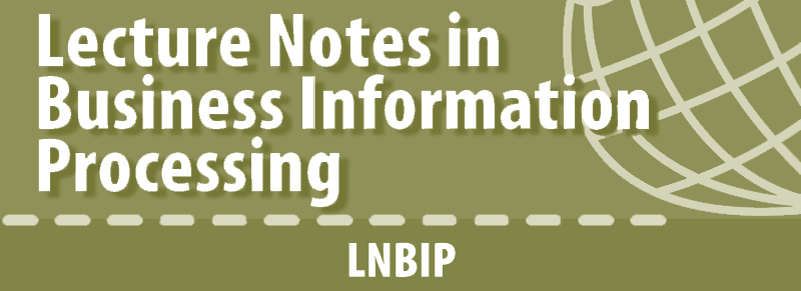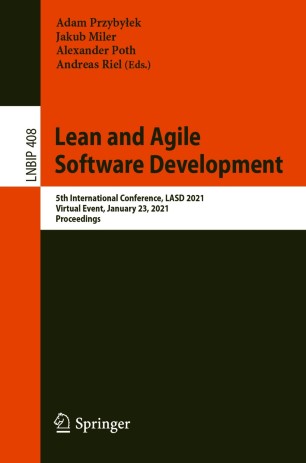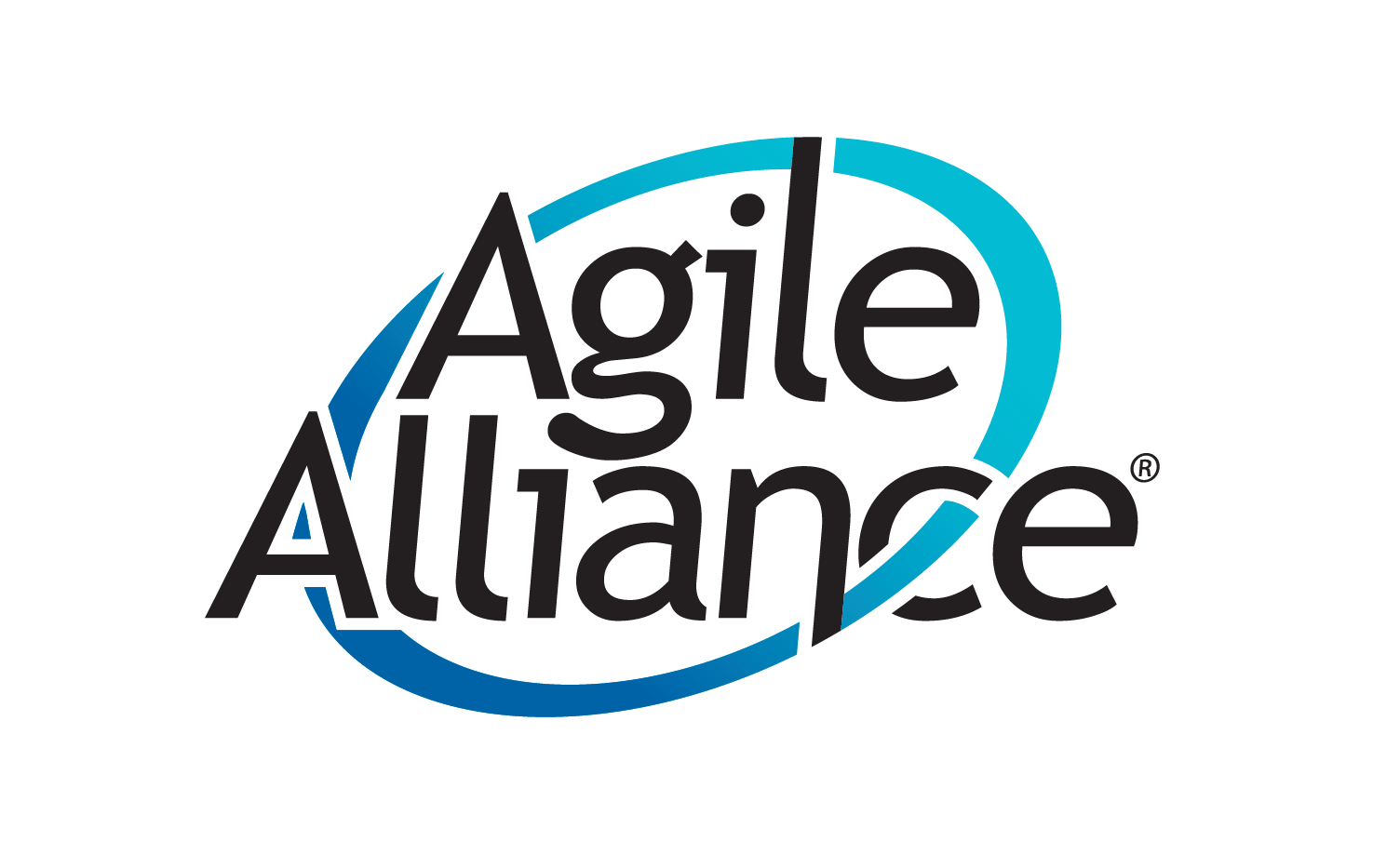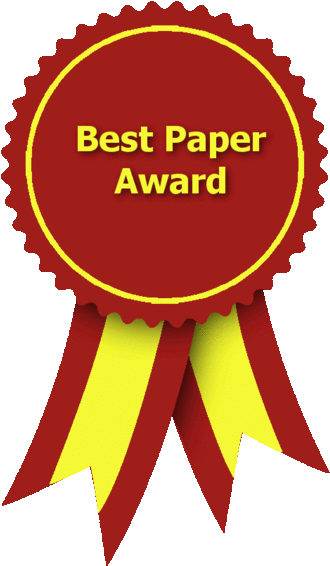The evolution of software development methods is driven by the perennial quest on how to organize projects for better productivity and better quality. The traditional software development projects, which followed well-defined plans and detailed documentations, were unable to meet the dynamism, unpredictability and changing conditions that characterize today's competitive business environment. Agile methods overcame these limits by considering that requirements are dynamic, while customers are unable to definitively state their needs up front. Later on, the software industry also started to look at practices from lean manufacturing as a means of further waste elimination by removing all non-value-adding activities.
While agile as well as lean software development has already become mainstream in industry and a strong community has crystallized around the new way of thinking, making the transition to the new mindset is still challenging for many companies. Thereby, the practical implementation of Scrum, Kanban or other method often deviates from the proposed framework. Such misalignment usually hides some dysfunctions which, if removed, would allow the company to take full advantage of the agile method.
Besides, even though agile methods were originally designed for single, small teams, many organizations have increasingly adopted them in large-scale projects with multiple development teams. Scaling agile software development is complex and brings new challenges, including:
- coordination and communication between teams;
- coordination of distributed projects;
- lack of up-front architecture;
- adoption of agile methods in units other than software development departments, such as product management, marketing, and sales.
The objective of LASD is to extend the state-of-the-art in lean and agile software development and spread best practices and stories of successful transitions. Our conference has become a prominent forum where practitioners, researchers, and academics meet to share and discuss their concerns, experience, and research findings.
We invite research papers in two categories: Full Papers up to 18 pages, and Short Papers up to 8 pages. Papers must be in English and present original, not already published research. Authors should consult Springer's authors' guidelines and use their proceedings templates, either for LaTeX or for Word, for the preparation of their papers:
https://www.springer.com/gp/authors-editors/conference-proceedings/conference-proceedings-guidelines
Springer encourages authors to include their ORCIDs in their papers. In addition, the corresponding author of each paper, acting on behalf of all of the authors of that paper, must complete and sign a Consent-to-Publish form. The corresponding author signing the copyright form should match the corresponding author marked on the paper. Once the files have been sent to Springer, changes relating to the authorship of the papers cannot be made.
Submission is done through the EasyChair Conference System. After the paper submission has been successfully completed, authors will receive an automatic confirmation e-mail.
Each submission will be reviewed by at least three program committee members. To facilitate the double-blind reviewing, authors are kindly requested to provide the paper WITHOUT any reference to any of the authors, including the authors' personal details, the acknowledgments section of the paper and any other reference that may disclose the authors' identity.
 Accepted papers will be published in the conference proceedings by Springer in their Lecture Notes on Business Information Processing (LNBIP) series. LNBIP volumes are made available to the following indexing services: Web of Science; Scopus, EI Engineering Index; ACM Digital Library; DBLP; Google Scholar. The proceedings will be available at: https://link.springer.com/conference/lasd
Accepted papers will be published in the conference proceedings by Springer in their Lecture Notes on Business Information Processing (LNBIP) series. LNBIP volumes are made available to the following indexing services: Web of Science; Scopus, EI Engineering Index; ACM Digital Library; DBLP; Google Scholar. The proceedings will be available at: https://link.springer.com/conference/lasd
An extended version of best papers will be forwarded for further procedure in Computer Science and Information Systems (ComSIS, IF: 0.927) and Journal of Computer Languages (Cola, IF: 1.250). Besides, the corresponding author of the best paper will receive a prize of a TeamRetro single team access for 12 months (valued at USD$250). TeamRetro is a remote agile retrospective and team health check tool.
Corresponding authors of accepted papers are required to upload a pre-recorded video of their paper presentation to YouTube or other video-sharing platform and send the uploaded video link via email to the conference chair. The presentations will be available 2 weeks before the conference. During the conference, the authors must be available online to interact with attendees for questions and answers.
There are a lot of tools available to easily record a presentation. By using these tools, you can show your face via webcam and display your slides as you talk. Please, explore the links below for detailed instructions:
Paper submission
October 1, 2020 (strict deadline)Reviews due
November 1, 2020Author notification
November 4, 2020Final paper submission
November 18, 2020Pre-recorded video submission
December 31, 2020Conference date
January 23, 2021Philipp Diebold
- Keynote title
- Agility Yesterday, Today & Tomorrow
- Short Biography
- Before starting his own consulting, coaching and training company, called Bagilstein, Philipp was working as a project manager and researcher at the Fraunhofer Institut for Experimental Software Engineering IESE. Working in the area of agile processes, methods and practices, he published a lot around this topics in different conferences, journals and books. He finished his PhD on identifying the right degree of agility at the Technical University of Kaiserslautern. With his own company his is now coaching different customers for more than 2 years in agile transformations still keeping the eye on the leading edge of research.
Sanjay Misra
- Keynote title
- Pair Programming: An Empirical investigation in an Agile Software Development environment
- Short Biography
- Sanjay Misra is full Professor of Computer(software) Engineering at Covenant University (400-500 ranked University) Ota, Nigeria. He has 25 years of wide experience in academic administration and research in various universities in Asia, Europe, and Africa. He is PhD. in Information and Know. Engg (Software Engineering) from the University of Alcala, Spain and M.Tech. (Software Engineering) from Motilal Nehru National Institute of Technology, India. As of today (15.03.2020)- as per SciVal (SCOPUS- Elsevier analysis)- he is the most productive researcher (no. 1-) in whole Nigeria during 2012-2017, 2013-2018 and 2014-2019 (in all subjects), in computer science no 1 in the whole country and no 4 in the whole continent. Total around 400 articles (SCOPUS/Web of Science) with 200 coauthors around the world (-90 in JCR/SCIE Journals) in the core & application area of Software Engg (SQA, SPI, SPM), Web engg, Health Informatics, Intelligent systems etc.
He has delivered more than 80 keynote speeches/invited talks/public lectures in reputed conferences and institutes around the world (travelled around 60 countries). He got several awards for outstanding publications (2014 IET Software Premium Award (UK)), and from TUBITAK-Turkish Higher Education, and Atilim University). He edited (with colleagues) 42 LNCS & 6 IEEE proceedings, several books, editor in chief of book series IT Personnel and Project Management, International Journal of Human Capital and Information Technology Professionals (IJHCITP)-IGI Global, and of 3 journals (IJ) and editor in various SCIE journals.
He is a software engineer and previously held academic positions at FUT Minna - Nigeria (as Head Department of Computer Engineering and Head- Department of Cyber Security), Atilim University - Turkey, Subharati University and UP Technical University - India. He is also visiting/Collaborative professor at the University of Alcala – Spain (since 2011-), UCV- Valparaiso – Chile (since 2013-), UNICEN, Tandil – Argentina (since 2011-), and Atilim University – Turkey (since 2011-).
His current research covers the areas of software quality assurance, software process improvement, software project management, object-oriented technologies, XML, SOA, Web services, cognitive informatics, artificial intelligence, neural network, health Informatics, e-learning, cloud computing, and cybersecurity. Prof Sanjay is coordinating/working/collaborating with several research groups (as visiting/adjunct professor/collaborative researcher) in various universities and industry around the world (Spain, Argentina, Turkey, Singapore, Chile, Brazil, Mexico, Norway, France, South Africa, Malaysia, Nigeria, Myanmar, Vietnam, India).

Lean and Agile Software Development
5th International Conference, LASD 2021, Virtual Event, January 23, 2021, Proceedings
LNBIP, volume 408
Time zone of the conference: GMT+1 (Central European Standard Time)
 Agile Alliance is a nonprofit global member organization dedicated to promoting the concepts of Agile software development as outlined in the Agile Manifesto. With more than 75,000 members and subscribers around the globe, Agile Alliance is driven by the principles of Agile methodologies and the value delivered to developers, business, and end users. Agile Alliance organizes and supports events to bring the Agile community together on an international scale.
Agile Alliance is a nonprofit global member organization dedicated to promoting the concepts of Agile software development as outlined in the Agile Manifesto. With more than 75,000 members and subscribers around the globe, Agile Alliance is driven by the principles of Agile methodologies and the value delivered to developers, business, and end users. Agile Alliance organizes and supports events to bring the Agile community together on an international scale.
